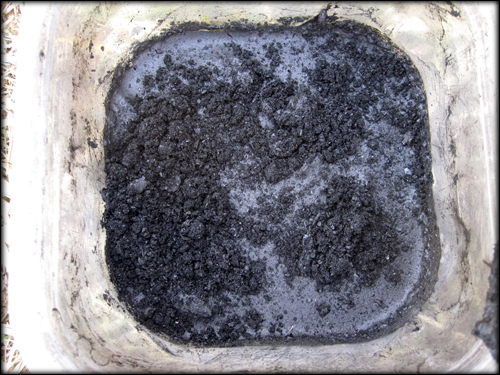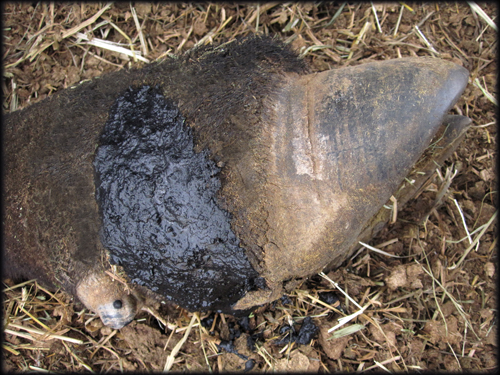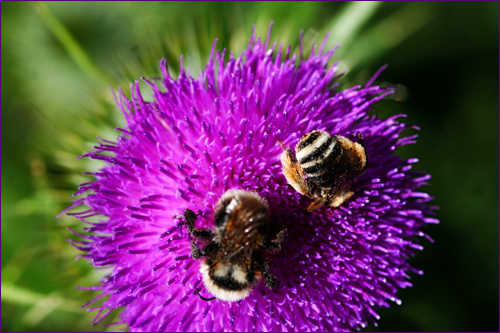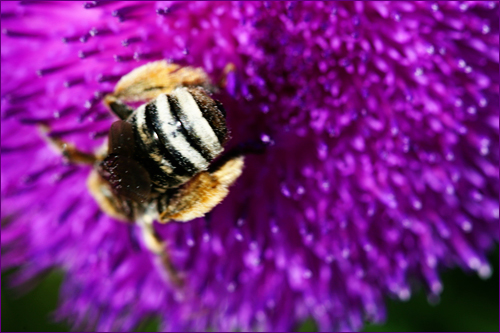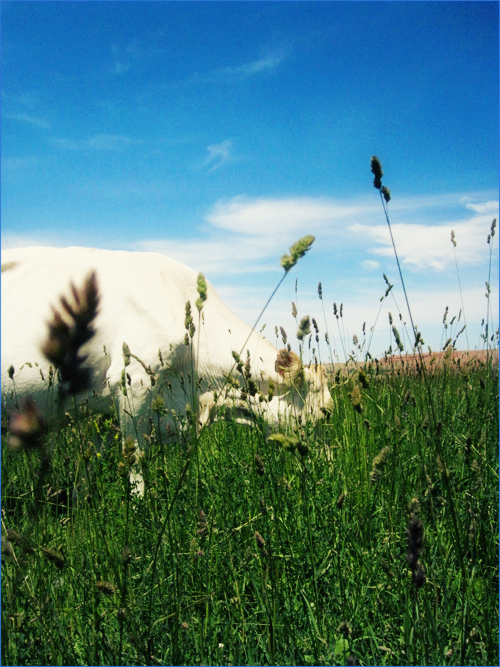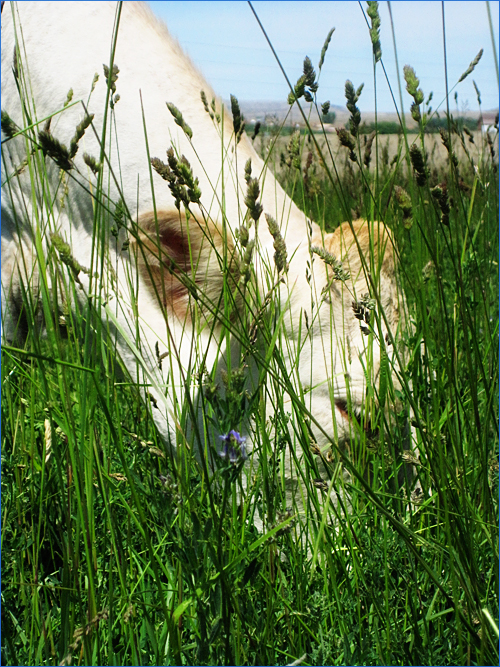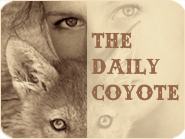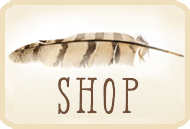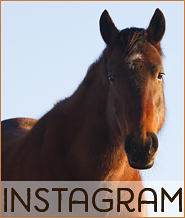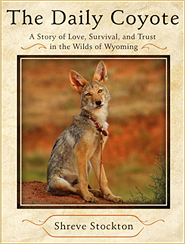Hoofin’ It
I found my wounded Baby the Saturday before last after searching for him for four days, managed to get a horse trailer to him since he could barely walk, and brought him home. (Reason #979 why I’m so glad all my bovines are pets: Baby loads in a trailer as easily as a horse – easier, actually, as I don’t even use a halter on him.) I called my vet AND HE WAS OUT OF TOWN. Argh.
I didn’t want to give Baby any shots without direction but I wanted – needed – to get working on the massive infection that had swelled up his whole leg. So I got online and read about a charcoal poultice that others had used on wounds, for themselves and their animals. It made sense to me, especially in light of what I know about charcoal from the ambulance – we give it orally in certain poisoning cases as it absorbs (adsorbs?) the toxins – and thought perhaps a charcoal poultice could help draw out the infection. It was certainly worth a shot. Turns out this technique is amazing.
You also need a dish, a knife for chipping and/or scraping the charcoal, a rock for grinding, and a spatula (stick) for stirring and applying:
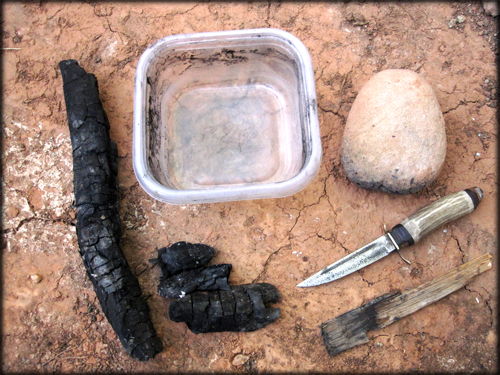
Put chunks of charcoal into dish:
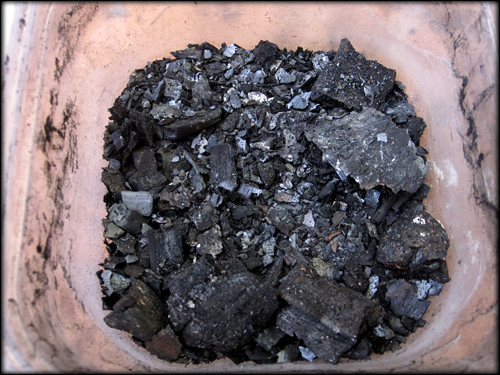
Grind it into powder with the rock (photo taken halfway through the process):

The paste works better if it’s a bit thinner than you would expect to want it – this stuff is like cement in that it looks runnier than it behaves. It’s also easier to apply and stays on longer if it’s not clumpy:

This is Baby’s hoof yesterday. On flickr, I posted a photo of his hoof from ten days ago for those who want to see the progress, which is remarkable. But don’t click if you don’t want to see a horrible wound!
One of the greatest benefits of this technique is that the charcoal layer serves as protection for the wound, keeping dirt out while allowing the wound to breathe and drain. It looks like a thin, neat coat when it’s first applied but over the course of 24 hours it puffs, or plumps, as it sucks out the infection. Then it cracks and falls off in chunks when it’s saturated. These chunks come away with a crisco-frosting-layer of puss coating the backside (there, I’ve just cured you of ever eating a grocery store cake again); gross to write, but great to see when it means your bull is healing. Then I apply a new coating of charcoal and the process continues.
Sometimes, the timing works out perfectly and I can apply the charcoal when he’s lying down. But sometimes he’s standing up when it’s time to put on a new coat, and you can’t tell a bull to lie down like you can with a coyote. It’s essential that he doesn’t move while I’m applying the charcoal so dirt doesn’t get kicked into the wound. Luckily, boys are pretty easy to figure out. I carefully apply the charcoal poultice with my right hand while scratching his balls with my left. He drops his head, his eyes roll back, and he drools a little, and he stands perfectly still. Once the charcoal is on, I have to sit there and continue with this perverse activity so he doesn’t take a step until it dries. You do what you gotta do!
Bee Butts & A Baby Scare
Sometimes you just need to look at a couple of bee butts. Or at least I do.
Sir Baby got tangled in barbed wire which has absolutely consumed my last two weeks. He was on the spring pasture with the cows. I’m just so grateful I found him in time. He’s here with me with a nasty cut-up hoof but healing beautifully.

